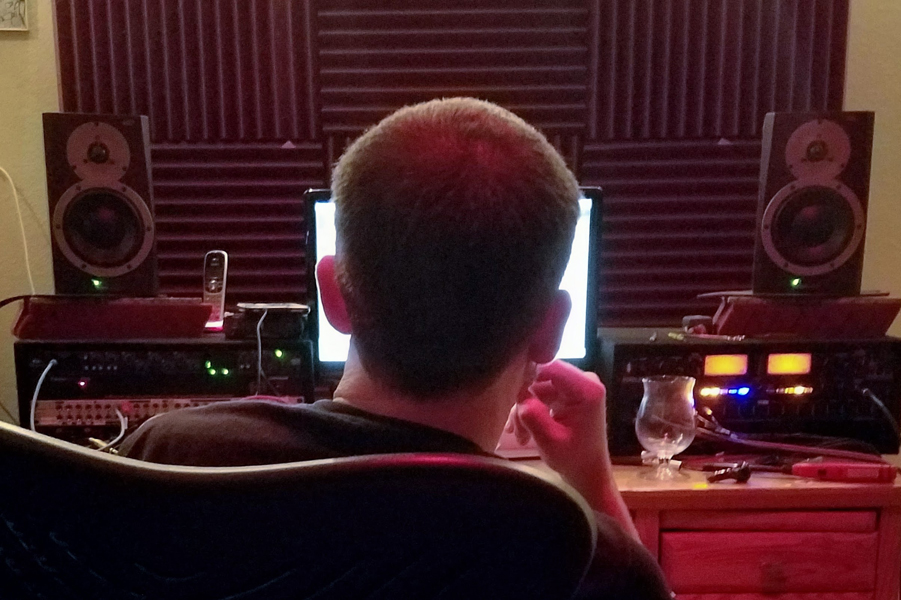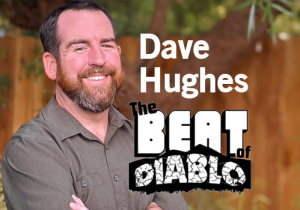Recording and Releasing Music Part 2: Production and Release

 CONTRA COSTA COUNTY, CA (August 16, 2024) — In last month’s column, I explained what would be needed for recording music at home, and the many benefits of going through a professional recording studio. In this month’s follow-up, I’ll walk through the process of producing and releasing those recordings.
CONTRA COSTA COUNTY, CA (August 16, 2024) — In last month’s column, I explained what would be needed for recording music at home, and the many benefits of going through a professional recording studio. In this month’s follow-up, I’ll walk through the process of producing and releasing those recordings.
Whether you opt for DIY or professional work, once the recording process is done, you’re left with a collection of raw stereo tracks which need to be optimized and properly mixed. That final mix then needs to be mastered, and those mastered songs can then be released. Let’s take these next steps one at a time.
Mixing your tracks
As with recording, mixing can be done at-home on a DAW if you feel you have the skillset, or be shopped out to a professional mixing engineer. Those mixing at home should be proficient in navigating their DAW software (YouTube videos can help shore up a novice’s skillset), and confident in their ear’s ability to hear subtle nuances in sound.
High quality playback is also essential for a good mix. Top-grade headphones and/or monitors are highly recommended. I recommend both, however, as Diablo Valley College Professor Doug Michael points out, either can be sufficient: “If you know your speakers or headphones, you can get a good mix, it just takes practice.”
Your home studio set-up is just as important as your ear. For optimal stereo perception, the two monitors should form an equilateral triangle with you. This means the distance between the speakers and the distance from each speaker to the back of your head should be equal. Michael recommends positioning each monitor toward your ear with a distance of three to five feet.
With proper skillset and equipment, you can now determine how much adjustment each track independently needs. Do your tracks require editing? How should they be EQ’d Does anything need reverb? Compression? Effects? If so, how much?
Many questions will arise as you work to get each track sounding its best, and trial and error is perhaps the foremost way to address them.
At the end of the day, the big question you need answered is “does it sound good?” Trust yourself. Just remember that ear fatigue is real, and it’s very important to take breaks regularly to have a fresh sense of how things are sounding.
Once you’ve made the proper tweaks and are content with the overall sound of everything played together, you’ll export that mix into one new stereo track. This is your final mix, which will then be ready for mastering.
Mastering your mix
Think of mastering as the finishing touches that prepare your well-mixed recording for optimal playback on all platforms and sound systems. Additionally, professional mastering ensures all the complicated metadata and ISRC codes associated with the digital files of your music are done properly (necessary in the digital age).
If there’s one step in the whole process of sound-recording that I’d personally recommend all artists leave to the professionals – it’s mastering. This is not where you should cut corners. Lesser experienced engineers might charge in the neighborhood of $50 per song, while more renown outlets might charge hundreds.
If hiring a professional is not an option for you, just ensure that whoever does this crucial step is not the same person that mixed it; the final product will benefit from having one set of ears paying attention to the nuances of the final mix, and another honed in on the final master.
Releasing your music
The overwhelming majority of music today is consumed through digital playback via downloaded music files or online streaming services. For that reason, it’s important to make sure your music is available in all corners of the internet where people stream or purchase music.
Accessible distribution companies ensure this with relatively little effort on your part. Two of the most popular among my musician peers are Distrokid and CD Baby. In my experience, both are easy to use and affordable.
The fundamental difference between the two is that Distrokid allows unlimited releases and charges an annual fee $20 – $25, whereas CD Baby charges a one-time fee of roughly $10-$20 per release, regardless of single, EP or album. Both companies will get your music to most stores and streaming services within a matter of days.
Once your music is out there, congratulations! You did it!
Now, you might be left wondering if you should invest in a run of CDs, cassettes or vinyl records. That’s up to you. The important thing is that you’ve done something amazing; music that once lived in your head can now be heard around the world.
Contact Dave Hughes at MrDaveHughes@gmail.com.
Related story: A primer on how musicians bottle their magic

Dave Hughes
Dave Hughes is a local music advocate with an extensive network of independent artists. He produces and hosts a local music program on KVHS called The Beat of Diablo, every Sunday at 7:00 PM on 90.5 FM. Dave also catalogs local music releases at ConcordRockCity.com.
